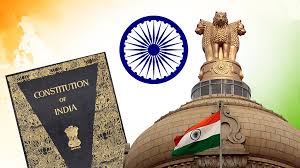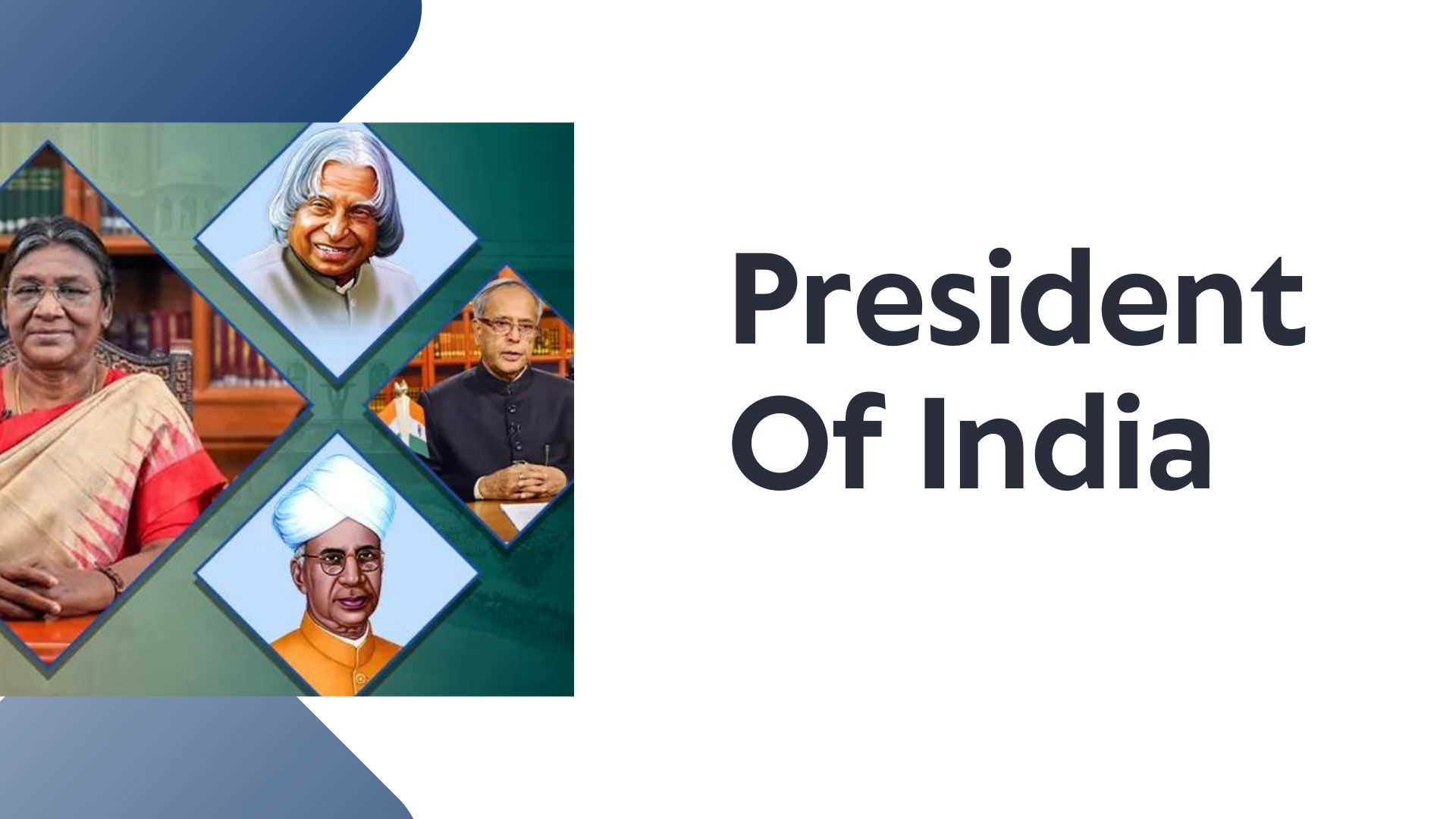The different types of inflation in an economy can be explained as follows:
Demand – Pull Inflation
This type of inflation is caused due to an increase in aggregate demand in the economy.
Causes of Demand-Pull Inflation:
A growing economy or increase in the supply of money – When consumers feel confident, they spend more and take on more debt. This leads to a steady increase in demand, which means higher prices.
Asset inflation or Increase in Forex reserves– A sudden rise in exports forces a depreciation of the currencies involved.
Government spending or Deficit financing by the government – When the government spends more freely, prices go up.
Due to fiscal stimulus.
Increased borrowing.
Depreciation of rupee.
Low unemployment rate.
Effects of Demand-Pull Inflation:
Shortage in supply
Increase in the prices of the goods (inflation).
The overall increase in the cost of living.
Cost-Push Inflation
This type of inflation is caused due to various reasons such as:
Increase in price of inputs
Hoarding and Speculation of commodities
Defective Supply chain
Increase in indirect taxes
Depreciation of Currency
Crude oil price fluctuation
Defective food supply chain
Low growth of Agricultural sector
Food Inflation
Interest rates increased by RBI
Cost pull inflation is considered bad among the two types of inflation. Because the National Income is reduced along with the reduction in supply in the Cost-push type of inflation.
Built-in Inflation
This type of inflation involves a high demand for wages by the workers which the firms address by increasing the cost of goods and services for the customers.
Also, read about Inflation Targeting in the linked article.
Remedies to Inflation
The different remedies to solve issues related to inflation can be stated as:
Monetary Policy (Contractionary policy)
The monetary policy of the Reserve Bank of India is aimed at managing the quantity of money in order to meet the requirements of different sectors of the economy and to boost economic growth.
This contractionary policy is manifested by decreasing bond prices and increasing interest rates. This helps in reducing expenses during inflation which ultimately helps halt economic growth and, in turn, the rate of inflation.
Fiscal Policy
Monetary policy is often seen separate from fiscal policy which deals with taxation, spending by government and borrowing. Monetary policy is either contractionary or expansionary.
When the total money supply is increased rapidly than normal, it is called an expansionary policy while a slower increase or even a decrease of the same refers to a contractionary policy.
It deals with the Revenue and Expenditure policy of the government.
Tools of fiscal policy
Direct Taxes and Indirect taxes – Direct taxes should be increased and indirect taxes should be reduced.
Public Expenditure should be decreased (should borrow less from RBI and more from other financial institutions)
To know more about the Fiscal policy in India, refer to the linked article.
Supply Management measures
Import commodities that are in short supply
Decrease exports
Govt may put a check on hoarding and speculation
Distribution through Public Distribution System (PDS).
Measurement of Inflation
Wholesale Price Index (WPI) – It is estimated by the Ministry of Commerce & Industry and measured on a monthly basis.
Consumer Price Index (CPI) – It is calculated by taking price changes for each item in the predetermined lot of goods and averaging them.
Producer Price Index – It is a measure of the average change in the selling prices over time received by domestic producers for their output.
Commodity Price Indices – It is a fixed-weight index or (weighted) average of selected commodity prices, which may be based on spot or futures price
Core Price Index – It measures the prices paid by consumers for goods and services without the volatility caused by movements in food and energy prices. It is a way to measure the underlying inflation trends.
GDP deflator – It is a measure of general price inflation.
Know more about the Cash reserve ratio in this article.
Effect of Inflation on the Economy
The effect of inflation on the economy can be stated as:
The effect of inflation is not distributed evenly in the economy. There are chances of hidden costs for different goods and services in the economy.
Sudden or unpredictable inflation rates are harmful to an overall economy. They lead to market instability and thereby make it difficult for companies to plan a budget for the long-term.
Inflation can act as a drag on productivity as companies are forced to mobilize resources away from products and services to handle the situations of profit and losses from inflation.
Moderate inflation enables labour markets to reach equilibrium at a faster pace.



